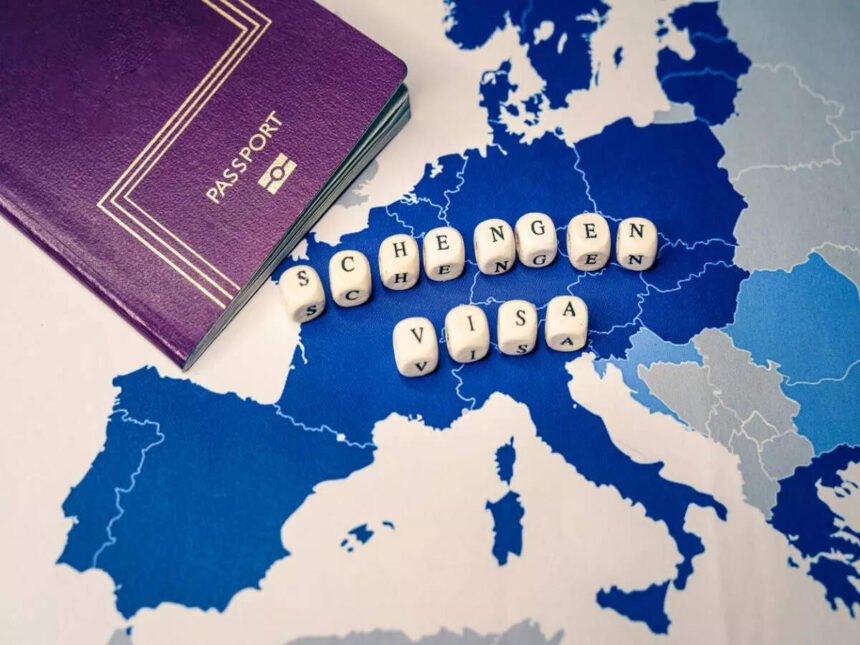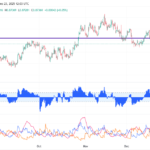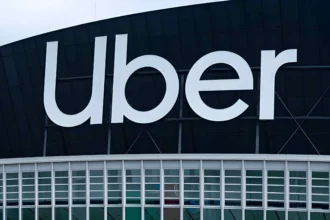The euro climbed to an all-time high of ₹102.3763 against the Indian rupee, according to the Reserve Bank of India’s reference rate published on August 7. This marks the steepest valuation of the euro in rupee terms, pushing up travel costs for Indian tourists planning trips to Europe.
The strengthening of the euro comes amid global market volatility, capital outflows, and weakening demand for the rupee. The euro has appreciated by 15% against the Indian rupee between January 1 and August 7, 2025, significantly raising the rupee cost of euro-denominated expenses.
What this means for your Europe travel budget
- Day-to-day travel is now costlier
Tourists will now need over ₹102 for every euro spent on food, local transport, attractions, and shopping. - Visa and insurance fees are up
With euro-denominated charges, the actual amount paid in rupees for Schengen visas and travel insurance policies has increased. - Forex card and currency exchange cost more
Loading €1,000 on a prepaid travel card now means spending ₹1,02,376 or more, excluding bank charges and mark-ups. - Old package quotes may no longer hold
Fixed-quote tours and group packages issued earlier may be revised, with either reduced inclusions or additional charges.
Ways to manage costs
| Action | Impact |
|---|---|
| Lock in forex rates now | If the rupee weakens further, early forex purchases may prove cost-effective. |
| Book in INR when available | Many booking platforms allow transactions in rupees, shielding you from further euro volatility. |
| Choose offbeat or non-euro destinations | Countries like Hungary or Poland, which don’t use the euro, may offer better value. |
| Travel during shoulder season | Lower airfare and hotel rates in months like March and October can offset currency losses. |
With the euro officially at ₹102.3763, the cost of a Europe vacation is now significantly higher for Indian travellers. Adjusting plans early could help limit the impact of further currency fluctuations.




















